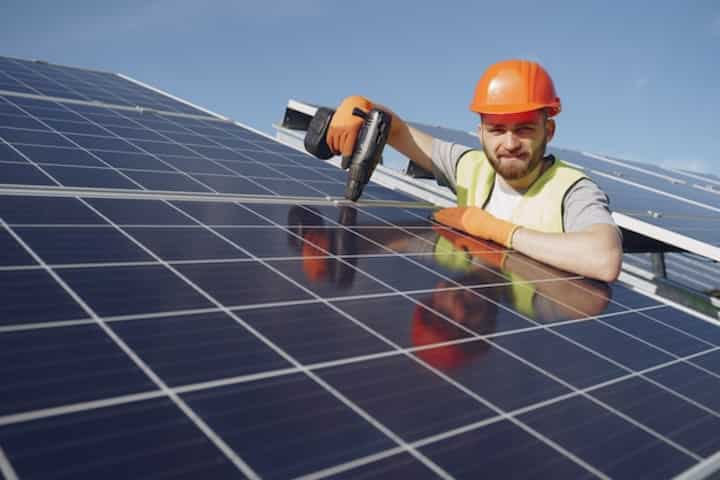
Maximizing Savings Commercial Solar Installation Cost Breakdown for Businesses
As businesses increasingly seek sustainable energy solutions, commercial solar installations have emerged as a financially viable and environmentally friendly option. However, the cost associated with installing solar panels can vary significantly based on several factors. Understanding the breakdown of these costs can help businesses maximize their savings and make informed decisions about their solar investments.
Initial Investment Costs
When considering a commercial solar installation, the initial investment is one of the most significant expenses. This includes the cost of purchasing and installing the solar panels themselves. The prices can vary based on the size and type of the system, as well as the quality of the panels chosen.
- Solar Panels: The cost of panels varies with the type, efficiency, and manufacturer. Higher efficiency panels tend to be more expensive but may offer better long-term savings.
- Inverters: Inverters, which convert solar energy into usable electricity, are a critical component. Their costs depend on the technology and capacity.
- Mounting Systems: These ensure the panels are securely installed. Costs depend on the roof type and the installation complexity.
Installation and Labor Costs
The installation process involves several phases, each contributing to the overall cost. Labor costs can vary based on location, system size, and the complexity of the installation.
- Site Assessment: Conducting a site assessment is crucial to determine the best placement for the panels and to identify any potential obstacles.
- Permitting and Inspections: Obtaining the necessary permits and undergoing inspections can incur additional costs, which vary by region.
- Installation Labor: The cost of labor for installing the panels is a significant portion of the overall expense. Skilled labor is essential for ensuring the system is set up correctly.
Ongoing Maintenance and Operational Costs
After installation, businesses must consider ongoing maintenance and operational expenses. Regular maintenance is crucial for maximizing the system's efficiency and longevity.
- Cleaning: Periodic cleaning of panels is necessary to maintain optimal performance. Learn more in this detailed guide.
- Monitoring Systems: These systems help track the solar panels' performance and detect any issues promptly, potentially incurring additional costs.
- Repairs: Over time, repairs may be needed to address any wear and tear or damage to the system.
Financial Incentives and Savings
There are various financial incentives available to offset the costs of solar installations. Taking advantage of these can significantly reduce the overall expense.
- Tax Credits: Many regions offer tax credits for solar installations, which can substantially reduce the initial cost.
- Rebates: Rebates from governmental and non-governmental organizations can provide additional savings.
- Net Metering: This allows businesses to sell excess energy back to the grid, providing a source of income. Explore further insights here.
Conclusion
Investing in commercial solar installations involves a detailed understanding of the associated costs and potential savings. By carefully considering the initial investment, installation, and ongoing maintenance costs, as well as exploring available financial incentives, businesses can maximize their savings and benefit from sustainable energy solutions. Find additional information here. By leveraging these insights, businesses can navigate the complexities of solar installations and make informed decisions that benefit both their bottom line and the environment.